Workshops
Europolis Lemberg | Lviv 2014
Urban transformation processes internationally represent a current but also future-oriented challenge for the development of the European city.
For the urban design workshop and the associated design program „EUROPOLIS Lemberg 2014“ three urban areas with different potentials and thematic priorities were chosen as starting points of this debate:
Citadel – identity and city life
Sykhiv – centrality and urbanity
Jewish Lviv – places of memories
In an intensive preparation phase in March the students analyzed reference projects, various relevant urban issues, the urban development and environment of Lviv. During the workshop in Lviv, the students had to decide for one of the project areas and develop first concepts in internationally mixed project groups. After the workshop the students worked out these concepts at their universities until the end of the semester. The results could then be exchanged, discussed and compared.
Solomiya Hanetz
Andreas Hofer
Anton Kolomieitsev
Elisabeth Leitner
Natalia Mysak
Halyna Petrashyn
Bohdan Cherkes
Yevhen Voronych
Downloads
Student Projects
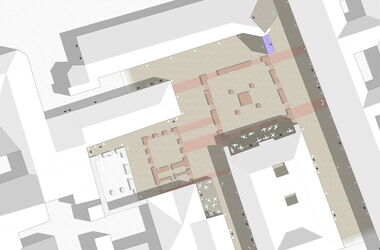
The project (in)visible wants so create public space related to the eventful past in the Synagogue Square, which is located in the inner city of Lviv. The three jewish buildings on the square have been destroyed, one of them still exists as a ruin. By dismantling borders (e.g. by adjusting different levels) free space can be gained. In reference to the history of the square, ground plans of the completely destroyed buildings are visualised by blocks. In case of open air events like lectures or theaters they offer opportunities to sit. The aim to create a meeting point reminding people of its history is supported by retaining existing usages like restaurants, but also by making possible new applications such as installations, events or a transparent information and observation deck extending the Arsenal gallery.
Anita Scherline John
Igor Petrychenko
Magdalena Süss
bachelor and master students
TU Vienna
Downloads (Kopie)
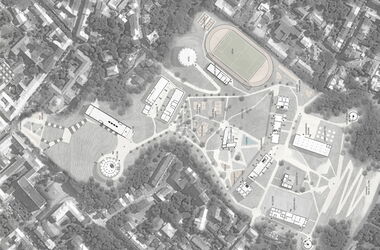
Stefanie Mras
Simon Übleis-Lang
Verena Wohlmacher
bachelor students
TU Vienna
Downloads (Kopie)
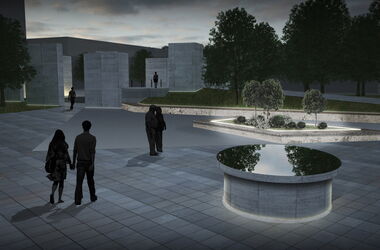
Amina Karahodzic
Ines Kirchengast
bachelor students
TU Vienna
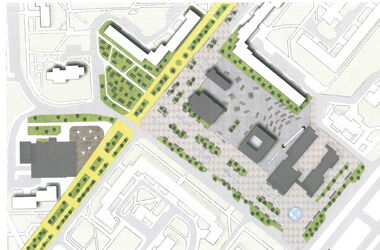
The process for these changes can be divided into three topics:
Cornelia Frankhauser
Janette Sesselmann
bachelor students
TU Vienna
Downloads (Kopie)
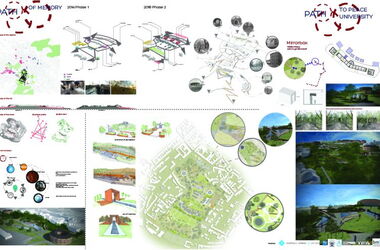
As the first step of developing the area around the citadel we want to deal with its history and encourage the spectator to reflect the sites and their historical significance.
Referring to the history of the site we have designed a path of memory wich passes specific historical points of the area.
Through the process of walking we want to give the visitor the time to reflect on the specific events when walking to the next station of the path. In-between there is space for recreation and resting. Mirrorboxes and the arc of memory are part of the path and should awake the awareness of the visitor.
As the second step of the developement of the area we would suggest a university and all its facilities dealing with peace studies.
Cornelia Frankhauser
Janette Sesselmann
bachelor students
TU Vienna

























